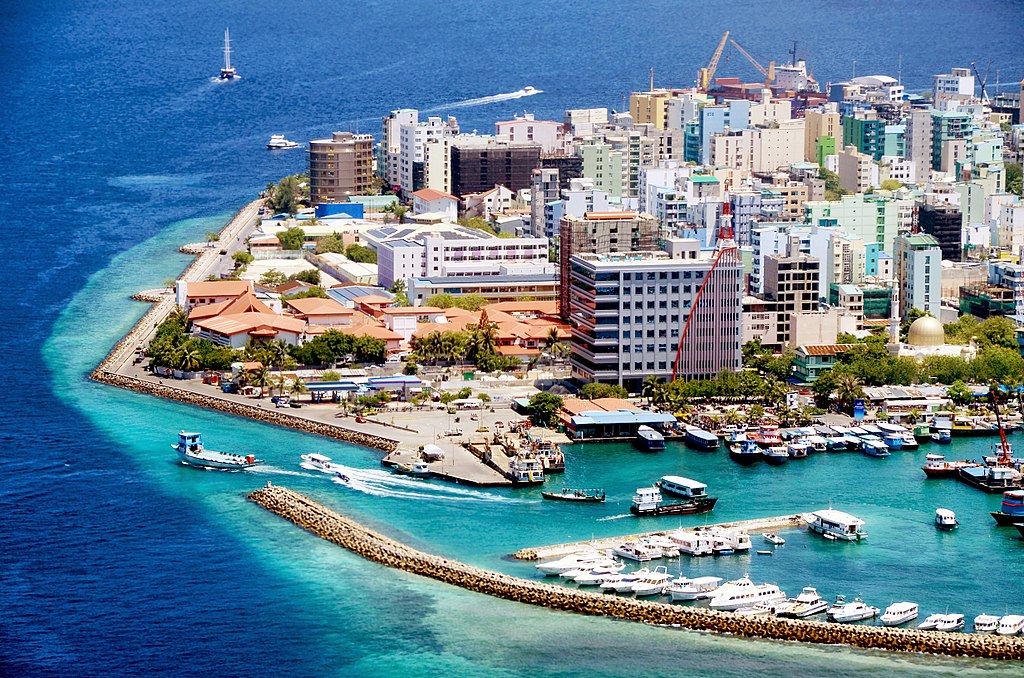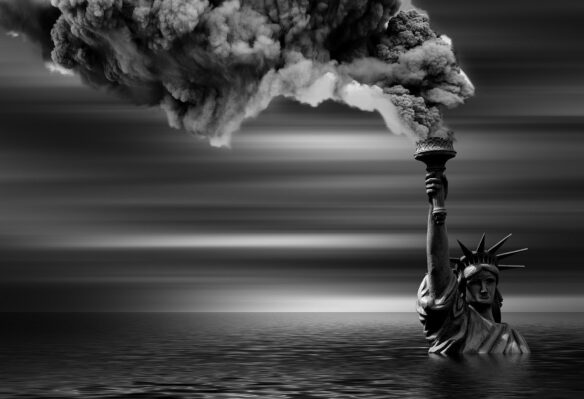Excerpt:
Global tourism brought a modern economy to the country’s thousand islands. For many Maldivians, the teeming capital beckons.
To live in the Maldives is to live in one of two worlds. Either you belong to the capital — Malé, a micro-Manhattan in the Indian Ocean — or you are out in “the islands,” among the quietest and most remote villages this side of the Arctic tundra.
It is in these places — far from the archipelago’s walled-garden resort atolls, where no Maldivians actually dwell — that the country is picking between two visions of its future, like much of the rest of Asia, but more so.
The outer islands are steadily depopulating, as the appeal of making a life through tuna fishing and coconut farming along their crushed-coral seashores shrinks. The splendid isolation may be what attracts visitors, but it seems incompatible with islanders’ aspirations in a nation modernized by global tourism.
As Maldivians give up on island life, the government feels compelled to keep building up Malé, the country’s one real city. But Malé is already pressed up hard against the limits of human habitation. By some measures, it is the most densely populated island on earth, with over a third of the country’s 520,000 people on a landmass that can be crossed by foot in about 20 minutes.
If more Maldivians are going to move there, its physical structure will need to be radically reworked. In the meantime, it is sprawling outward wherever it can: The government is surrounding Malé with sea bridges to artificial islands packed with housing projects financed by China and India.
On Jan. 22, President Mohamed Muizzu announced his otherworldly vision for an undersea tunnel between Malé proper and a land-reclamation project where Chinese investors will help build 65,000 housing units on what is now barely a sandbar.
Mr. Muizzu, a civil engineer by training, said the tunnel would “provide beautiful views of the sea” as commuters passed through it. (Feasibility to be determined.)
Humay Ghafoor, a researcher who campaigns against environmental degradation, said that “nobody does any assessments” before commissioning “massive infrastructure” projects. This allows an airport, for instance, to be built over a mangrove, destroying a whole island’s freshwater supply.
The Maldives consists of a thousand islands stretched along a 550-mile axis, each one a bit of exposed coral that grew from the rims of a prehistoric range of undersea volcanoes. These form rings called atolls — a word that comes to English from the native Dhivehi language. Most of the 188 inhabited islands have fewer than 1,000 residents.
The resorts — those airy villas floating over turquoise seas — are all on technically “uninhabited” islands. The guests are foreign, and most of the staff is, too, mainly from India and Bangladesh. In some ways, the resorts are like offshore oil rigs, pumping out nearly all of the country’s income. By design, they are divorced from Maldivian culture and abstracted from their South Asian location…









